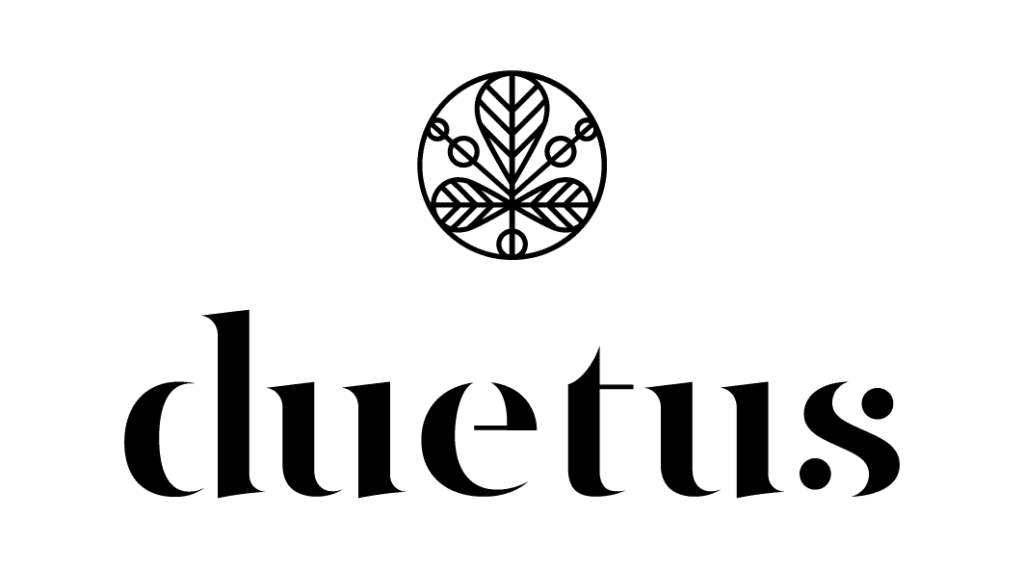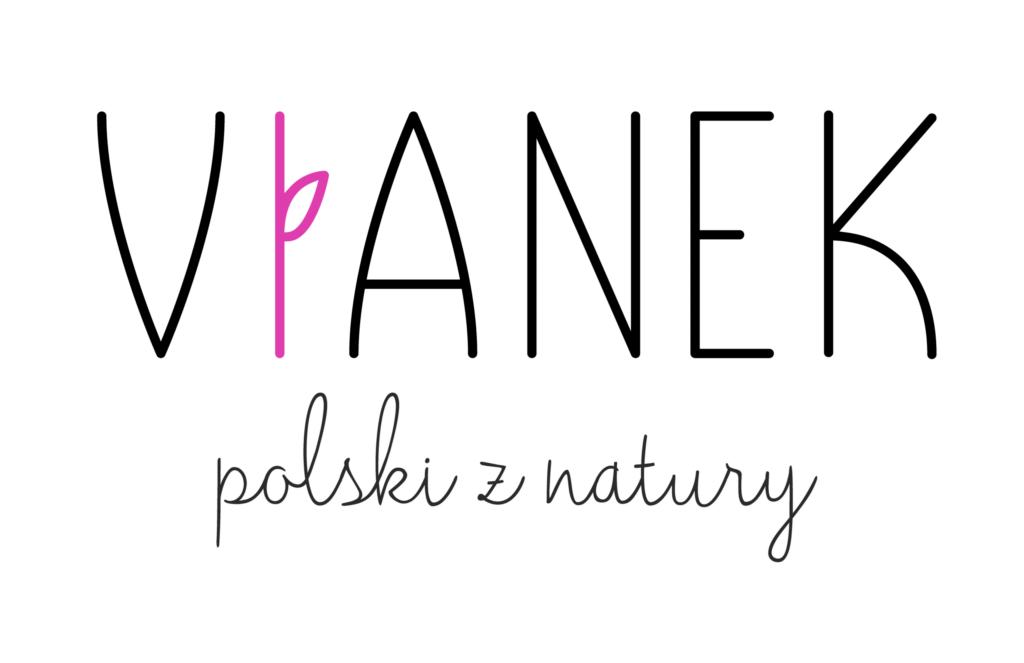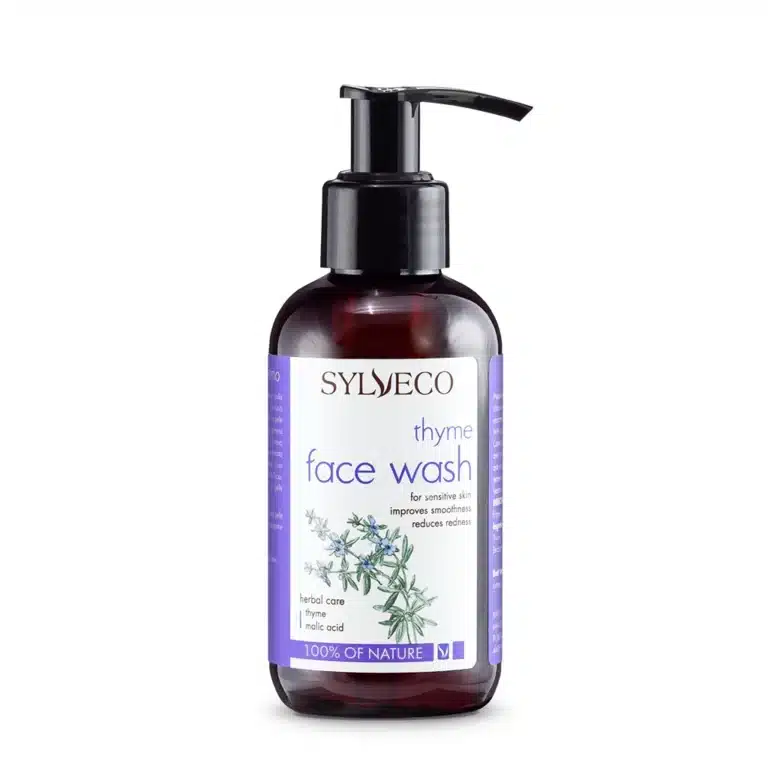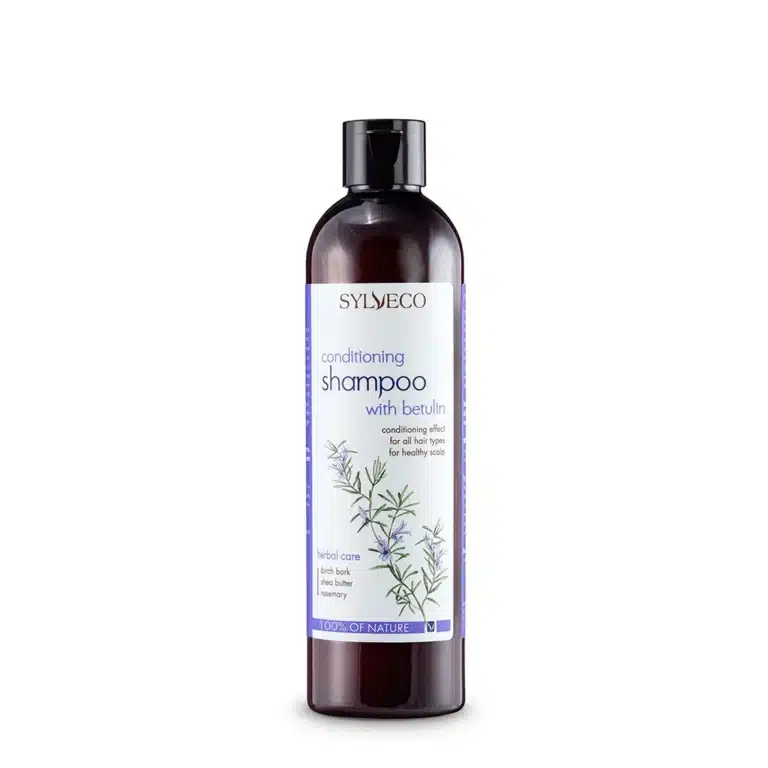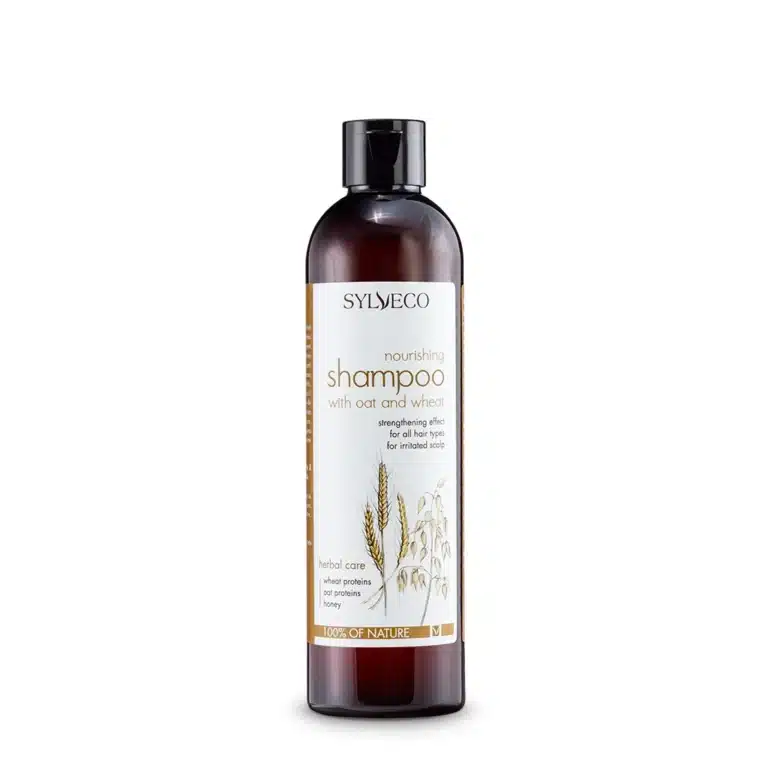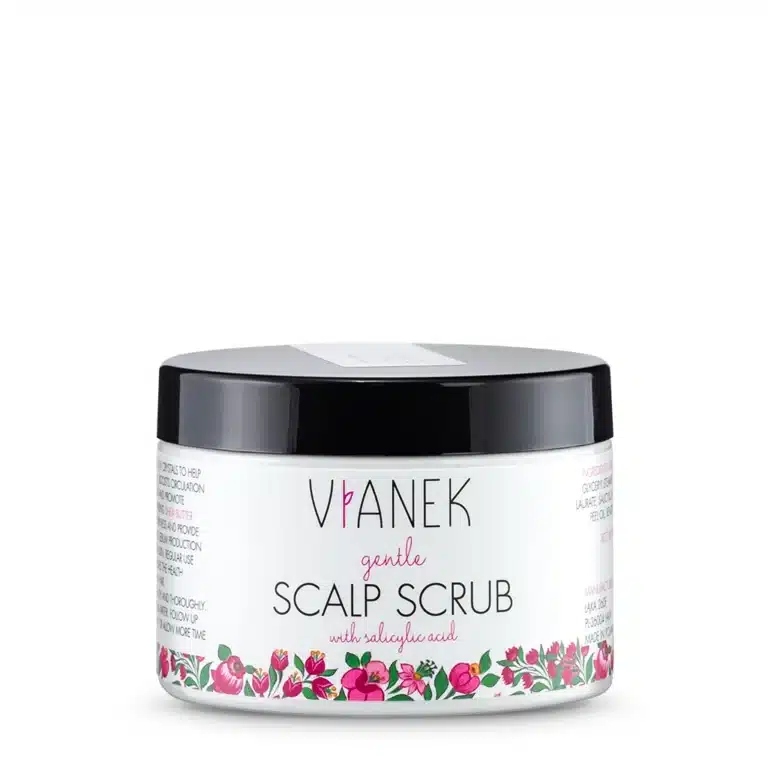Active ingredients
[vc_row][vc_column][vc_single_image image=”64082″ img_size=”full”][vc_column_text]SAPONARIA OFFICINALIS / Soapwort
This sweet-scented wildflower grows in clusters, often on riverbanks and in woodland clearings. Its roots are exceptionally rich in the flavone saponarin, a natural foaming cleanser with many cosmetic and industrial applications. When taken orally, soapwort extract has diuretic, expectorant and detoxifying action. Used externally, it cleanses and softens the skin, promoting absorption of active ingredients and alleviating a wide range of skin problems.
HIPPOPHAE RHAMNOIDES / Sea Buckthorn
This small Eurasian shrub is celebrated for the amazing properties of its bright orange berries, which crowd along the upper stalks of the plant. In Russia, these are used to season meats. In Siberia, they are eaten raw. In the West, they are considered a superfood and are typically consumed juiced or cooked down into jam. Sea buckthorn is also a powerful ingredient in natural skincare, containing high doses of anti-aging vitamin E and regenerating vitamin C, soothing flavonoids and carotenoids to boost the skin’s color and protect against UV radiation.
CALENDULA OFFICINALIS / Marigold
Originally found in the Mediterranean region and Iran, calendula, also known as marigold, has proliferated to temperate regions and thrives in Poland. The delicate orange blossoms contain valuable triterpenes and cleansing saponins, as well as flavonoids that soothe and strengthen the skin. The bright golden color of calendula flowers comes from an abundance of carotenoids, responsible for the plant’s powerful antioxidant action. Because calendula speeds regeneration of skin without aggravating sensitivities, it can help control blemishes and other problems in dry and sensitive skin types.
CENTAUREA CYANUS / Cornflower
Distinguished by its characteristic blue blooms, this meadow flower often grows among grain crops, including corn. According to folk medicine, cornflower is so good for the eyes, it boosts vision and can stave off the need for eyeglasses. Cornflower extract is indeed an exceptional tonic for the entire eye area. Rich in anthocyanins, it soothes and brightens delicate, sensitive and irritation-prone skin.
EUPHRASIA OFFICINALIS / Eyebright
This meadow plant is said to enhance vision and brighten the eyes, hence its name. Without question, eyebright brings relief to tired, itchy eyes, reduces redness and improves the tone and coloring of the sensitive skin of the eye area. Eyebright extract is an unmatched natural remedy for pink eye, as well as a panacea for allergy sufferers during pollen season.
ACHILLEA MILLEFOLIUM / Yarrow
With its characteristic feathery leaves, pinkish or white flower clusters and sweet scent, the yarrow plant has extensive applications in pharmacology and skincare. Yarrow stalks and flowers are rich in azulene, a compound that soothes inflammation, thus benefiting delicate, sensitive or irritation-prone skin. Yarrow is also a natural remedy for atopic dermatitis.
MATRICARIA CHAMOMILLA / Chamomile
One of the most celebrated medicinal herbs worldwide, chamomile was first used in antiquity for gargling, rinsing the eyes and promoting deep sleep. Today we know that chamomile is especially rich in soothing azulene compounds, which make it a great ingredient in products for dry, sensitive and irritation-prone skin. Chamomile is also mild enough to feature in skincare products for babies and children.
ALOE VERA / Aloe
For centuries, aloe has been used both topically to treat the skin and internally as a natural laxative. More recently, smaller doses of aloe juice have gained popularity as a general tonic with curative and strengthening properties that benefit the entire body. In addition to containing natural salicylates that aid in the management of pain and inflammation, aloe exhibits soothing and regenerative action. It is the best natural remedy for healing burns and soothing the skin following sun exposure.
ROSMARINUS OFFICINALIS / Rosemary
Resilient rosemary is the star of the modern herb garden. Prized by the ancient Egyptians and Greeks, this Mediterranean evergreen shrub has a strong woodsy scent that is refreshing and calming at the same time, thus enhancing memory, concentration and clear thinking. As a skincare ingredient, oil of rosemary exhibits antioxidant, strengthening and regenerative properties to calm and heal a range of skin types.
ARNICA MONTANA / Mountain Arnica
The yellow and orange blossoms of the mountain arnica plant contain a wide range of soothing and astringent compounds that firm and condition the skin. For generations, this prized wildflower has been used to help restore and nourish skin that is easily irritated. Mountain arnica extract is an ingredient especially recommended for skin prone to redness, as well as in the gentle care of the sensitive eye area.
PLANTAGO LANCEOLATA / Ribwort
First used in ancient China, Persia and Rome to treat infected wounds, ribwort leaf juice is a proven remedy for a range of skin conditions. As a rich source of flavonoids, zinc, silica, vitamin C and tannins, it is nourishing, soothing and protective for all skin types. Ribwort also alleviates the pain, itching and swelling associated with insect stings and contact allergies.
QUERCUS ROBUR / English Oak
Native to Poland and known for its longevity, the mighty oak often towers over the rest of the garden. The fruits of the oak tree are known as acorns and have numerous medicinal and culinary uses, including as a type of coffee substitute. However, it is the oak’s remarkable bark that is of most benefit to the skin. With a wealth of flavonoids, terpenes, phenolic acids and a tannin content of more than ten percent, oak bark is naturally astringent, soothing and regenerative.
HIBISCUS ROSA-SINENSIS / Hibiscus
Also called Chinese rose for the breathtaking blooms that contain the highest concentration of the plant’s beneficial compounds. Hibiscus is rich in anthocyanins, polyphenols and flavonoids, all of which boast high antioxidant activity to benefit all skin types. It also contains high amounts of vitamin C and organic acids that strengthen cell walls and prevent spider veins from forming. Products that feature hibiscus extract are usually formulated to soothe, soften, firm or gently exfoliate the skin.
OENOTHERA BIENNIS / Evening Primrose
Distinguished by its yellow flowers and lovely scent, evening primrose is prized for the oil of its seeds, which has been used for generations in folk remedies for the hair and skin. Evening primrose oil is one of the richest sources of gamma linolenic acid, an especially beneficial and rare sub-type of the omega-6 family of essential fatty acids. Evening primrose offers a wealth of antioxidant and regenerative benefits for all skin types, including mature skin.
MENTHA PIPERITA / Peppermint
The peppermint plant is prized for its aromatic leaves, which contain numerous terpene compounds, among them menthol, famous for its signature freshness. Peppermint leaves also contain flavonoids, vitamin C, carotenes, rutin and a number of nourishing minerals. Peppermint oil is used as a natural fragrance and a soothing, refreshing and calming ingredient in natural skincare.
RUTA GRAVEOLENS / Rue
Exceptionally rich in the flavonoid rutin, rue was once a common ingredient in the home pharmacy. With its wealth of tannins, fatty acids and minerals, rue extract shines in skincare products formulated to combat redness and irritation. Rue is also a potent aromatic: the oil of its feathery leaves is an intense natural fragrance with many cosmetic and industrial applications.
TILIA PLATYPHYLLOS / Linden
The linden tree can live for five hundred years. It has heart-shaped leaves and sweet-scented yellow blossoms. Linden extract is especially rich in protective and moisturizing mucilaginous compounds. Linden also boasts vitamins C and PP, antioxidant flavonoids and minerals. Many skincare products containing linden are formulated to soothe and nourish the sensitive skin of the eye area. Linden extract also strengthens hair follicles and linden-based haircare products have been shown to combat hair loss.
PELARGONIUM GRAVEOLENS / Geranium
The geranium plant is prized for the fragrant essential oil extracted from its leaves. It boasts antioxidant, soothing, nourishing and firming action, which makes it a favorite ingredient in products for mature skin. The compound responsible for the characteristic scent of geranium is known as geraniol. It is used widely in fragrances and offers the added benefit of deterring mosquitoes.
TUSSILAGO FARFARA / Coltsfoot
Coltsfoot has yellow flowers similar in appearance to the dandelion’s and distinctive leaves, which contain an impressive 8-10% mucilage and 5% tannins, as well as flavonoids, phytosterols and high amounts of zinc, manganese and potassium. The active compounds in coltsfoot combine to prevent rough spots and regulate sebum production, promoting smoothness, softness and elasticity in all skin types.[/vc_column_text][/vc_column][/vc_row]


